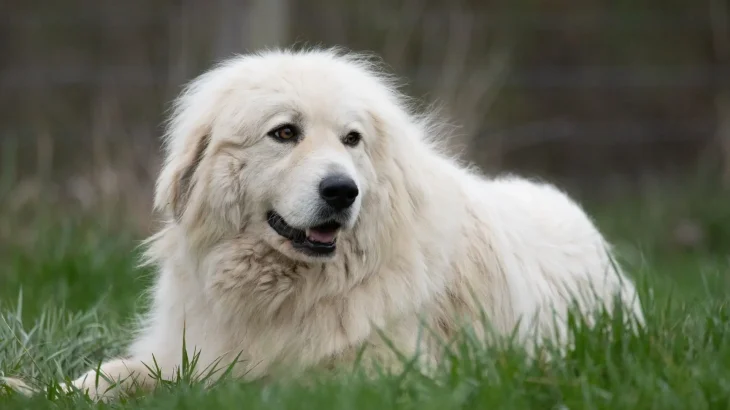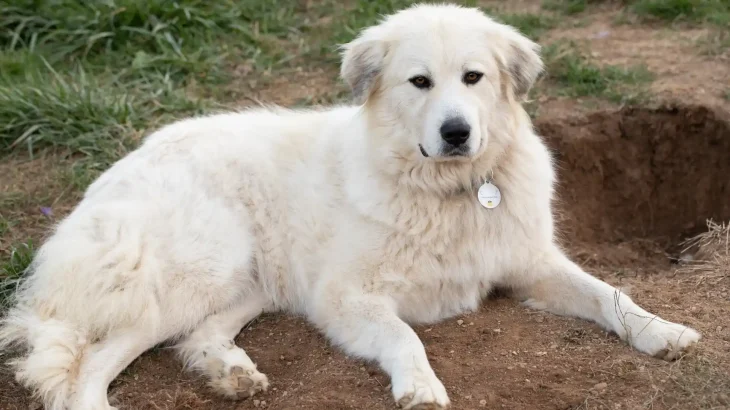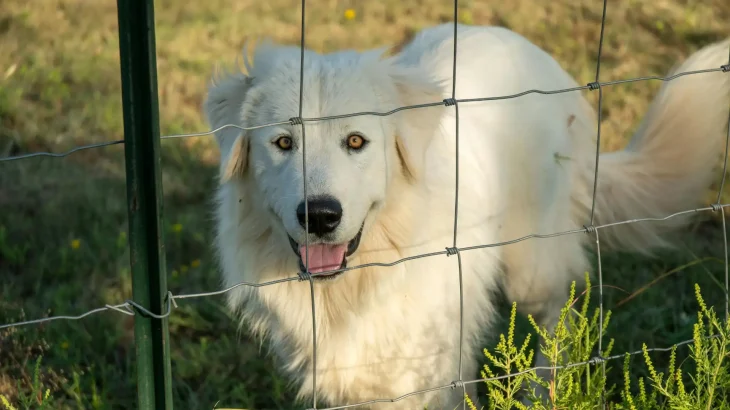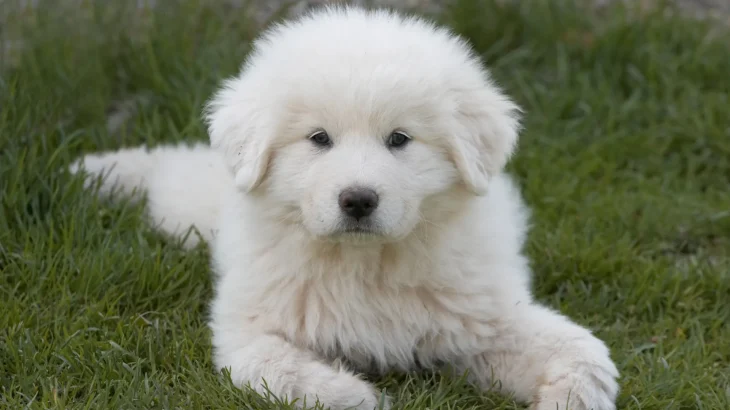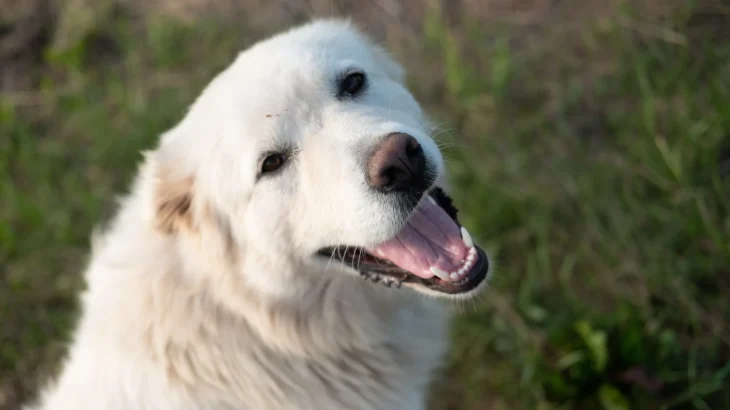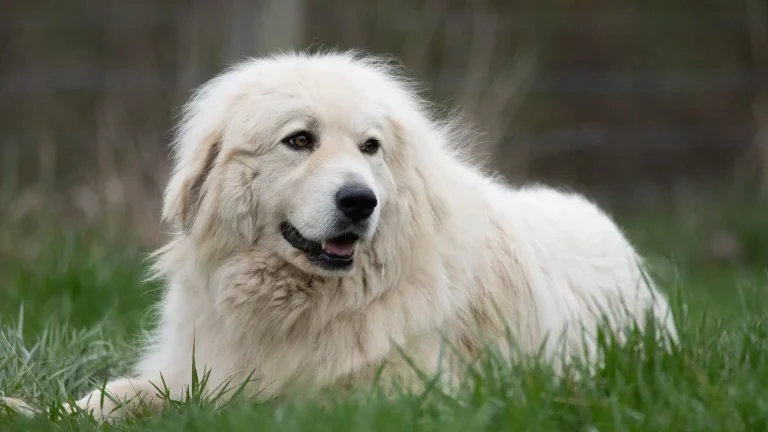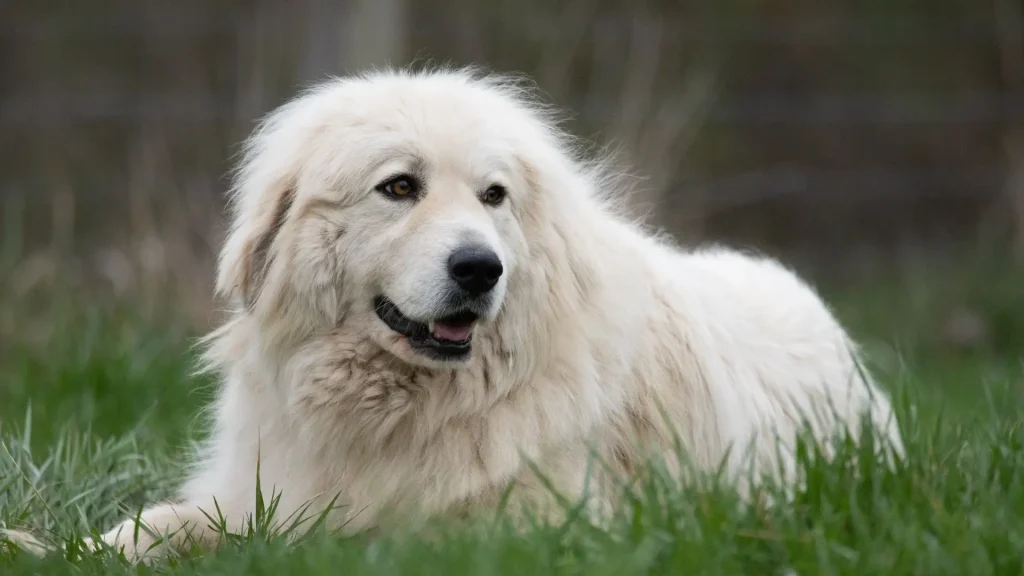When deciding between adopting or purchasing a Great Pyrenees puppy, your choice may hinge on factors like cost, health transparency, and the opportunity to support ethical practices. Adoption offers a chance to give a deserving dog a home, often at a lower initial cost, while buying from a breeder usually guarantees more detailed health and pedigree information.
| Criteria | Buying from Breeder | Adopting from Shelter/Rescue |
|---|---|---|
| Cost | Higher initial expense, reflecting breed purity and breeder investment. | Lower fees, often covering vaccinations, spaying/neutering, and vet visits. |
| Health History | Comprehensive records and genetic screening available. | Basic health checks done; full history may be limited or unknown. |
| Age Availability | Typically puppies, allowing early development influence. | Range of ages, including adults. |
| Temperament Insight | Breeders provide traits based on lineage. | Shelter staff share observations, though past behavior may be unknown. |
| Supporting Practices | Supports responsible breeding when breeder is ethical. | Reduces shelter overpopulation; offers second chances. |
| Ethical Considerations | Risk of unethical breeding unless breeder vetted. | Supports animal welfare; rescues dogs at risk of euthanasia. |

